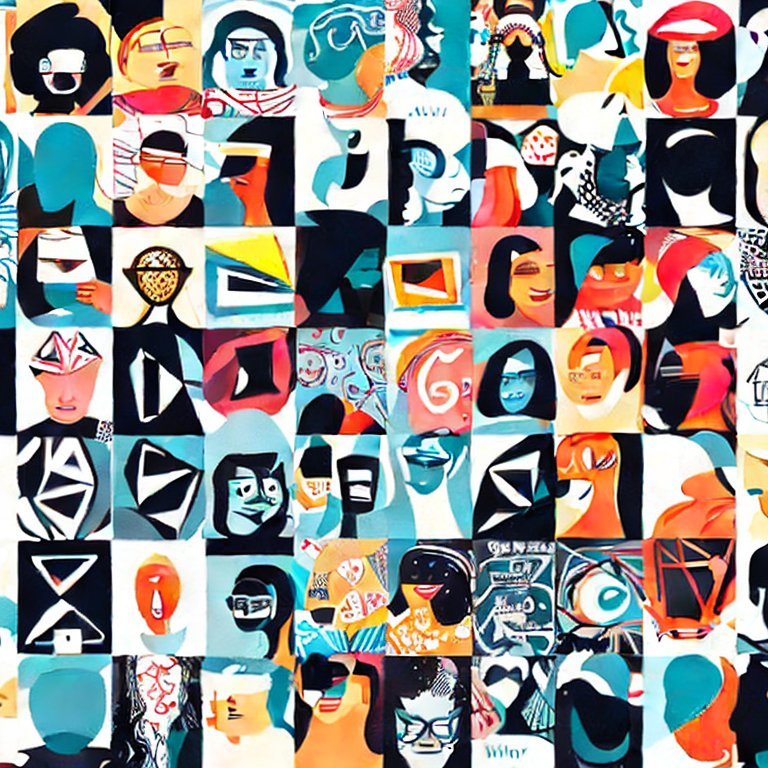The Origins of Design: Exploring the First Design in History
Design, as a form of creative expression, has been an integral part of human existence since ancient times. In this blog post, we embark on a journey to explore the origins of design and delve into the first known design in history. From prehistoric cave paintings to ancient artifacts, we uncover the significance of this early design and its influence on human creativity. Join us as we travel back in time and uncover the beginnings of our innate drive to shape and create.
- Prehistoric Cave Paintings:
Among the earliest examples of design are prehistoric cave paintings, dating back tens of thousands of years. These intricate and symbolic depictions found in caves around the world served as a means of communication, storytelling, and cultural expression.
- Ancient Egyptian Hieroglyphs:
The ancient Egyptians developed a complex system of pictorial symbols known as hieroglyphs. These intricate designs were used to record historical events, communicate religious beliefs, and convey written messages.
- Mesopotamian Cylinder Seals:
In ancient Mesopotamia, cylindrical seals were used as a form of design to create imprints on clay tablets. These seals often featured intricate engravings and served as signatures or official marks of ownership.
- Chinese Oracle Bone Inscriptions:
Dating back to the Shang Dynasty in ancient China, oracle bone inscriptions were carved onto animal bones or turtle shells. These early designs contained divination inscriptions and provide valuable insights into ancient Chinese culture and language.
- Mayan Glyphs:
The Maya civilization developed a sophisticated system of glyphs, combining pictorial elements with phonetic symbols. These intricate designs were used for recording historical events, religious rituals, and astronomical observations.
- Greek Pottery:
Ancient Greek pottery showcased exquisite designs, depicting scenes from mythology, daily life, and historical events. These intricate designs were not only visually appealing but also served functional purposes, such as storage and transportation of goods.
- Islamic Geometric Patterns:
Islamic design is renowned for its intricate geometric patterns found in architecture, textiles, and manuscripts. These mesmerizing designs often incorporated mathematical precision and symbolized the unity and harmony of the Islamic faith.
- Renaissance Art and Design:
During the Renaissance period, art and design flourished, with artists such as Leonardo da Vinci and Michelangelo creating iconic works of art and pushing the boundaries of design. This era marked a rebirth of classical ideals and a renewed focus on human expression and beauty.
Design has been an integral part of human existence since ancient times, with early expressions found in prehistoric cave paintings, ancient inscriptions, and intricate artifacts. These early designs not only served functional purposes but also conveyed cultural beliefs, recorded history, and sparked human creativity. As we explore the origins of design, we gain a deeper appreciation for the timeless human desire to shape and create, and the enduring influence these early designs have had on our creative endeavors throughout history.



